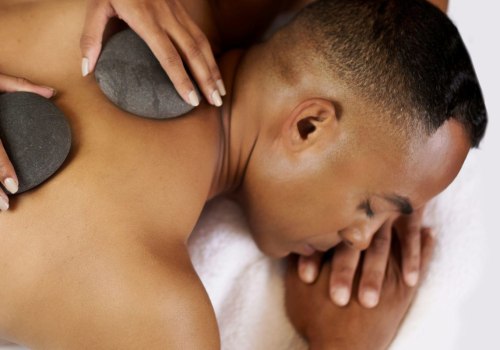Swedish massage is one of the most popular and well-known types of therapeutic massage. It is a gentle form of massage that focuses on muscle relaxation, increasing blood circulation, and relieving tension. This type of massage is often used to reduce symptoms of depression, stress, and anxiety, as well as to treat chronic pain, headaches, and muscle problems. Swedish massage is also associated with increased immunity.
Swedish massage therapy originated in Europe and was created by Dutch practitioner John George Mezger. It consists of specific movements that include efflurage techniques (sliding movements), petrissage (kneading movements), friction (rubbing), vibration, and percussion. This massage typically includes passive and active joint movements, joint stretches, and flexions with the help of the therapist. Swedish massage is more gentle than deep tissue massage and is more suitable for people interested in relaxation and tension relief.
It is also used to increase blood flow, relieve muscle tension, improve flexibility, and stimulate the nervous system. The body accumulates different types of toxins, including lactic acids, uric acid, and other types of metabolic waste that are directed to Swedish massage and filtered with the increase of oxygen in the blood. Swedish massage is the most commonly offered massage technique since it uses firm or lighter pressure on the muscles. It will involve long but slippery blows.
This type of massage is often combined with aromatherapy for an even more relaxing experience. Deep tissue massage is a specific type of massage that targets the deeper structures of the muscles and fascia (connective tissue). It works by releasing muscle tension layer by layer and is more suitable for people with chronic pain or for treating sports injuries or small muscle injuries. Unlike deep tissue massage, Swedish massage therapy uses softer movements in thicker, more delicate parts of the body, and stronger movements where there is thicker muscle coverage. When receiving a Swedish massage, you can ask your therapist to use light, medium or firm pressure depending on your preferences.
The therapist will use a series of movements and techniques specific to the part of the body being massaged and what you want to achieve. For example, this can be doing long movements and sliding down your back to help you relax or kneading or rubbing your shoulders to undo any knots. It's a good idea to wear something old when receiving a Swedish massage since oils and lotions used in massages can stain fabrics. And lastly, Swedish massage is ideal for people with chronic pain conditions such as fibromyalgia or low back pain or anyone who wants a deeper structural massage to resolve sprains and knots. While there's no standard order for a Swedish massage, it typically starts with the back, moves to the legs and feet, followed by the shoulders, arms and hands, and ends with the neck, head and face.











